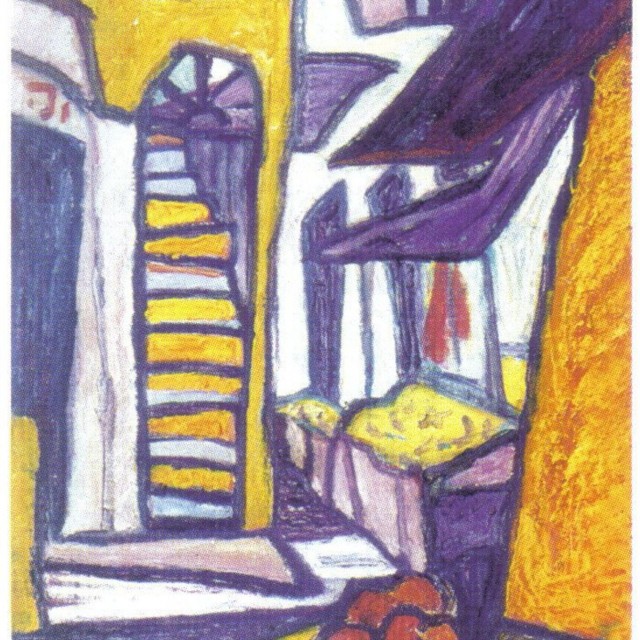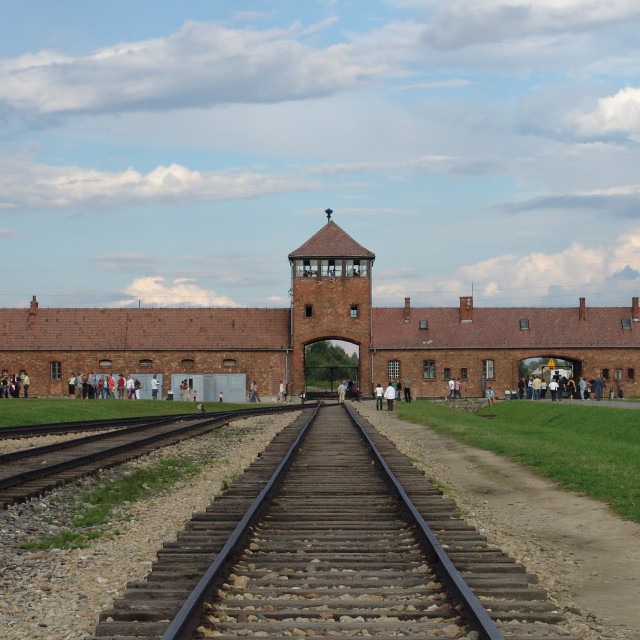The right side was the side of life
Helga Hošková-Weissová arrived to Auschwitz with her mother from Terezín. It was in October 1944. “We couldn't understand where we were. We could see a large area of wooden barracks, barbed wire, people in striped clothes and smoking chimneys in the background. SS-men burst inside, dogs were barking. They shouted at us: 'Los, los, schnell raus!‘ And they made us stand in a long line. An SS-man was standing in the front. The prisoners who were helping (with the transports) were whispering pieces of advice to us: ‘You’re all healthy! You’re all able to work! Don’t report that you belong together! Tell them that your age is such and such!’” The line winding in front of the two women was being divided by the SS-man into two groups. He pointed with his finger either to the right or to the left. Old people and mothers with young children went to one side. Those able to work went to the other side. “I hadn’t reached the age of fifteen yet, so I had to say that I was older. And my mother was 38. She had to say she was younger so that they would choose us for labour. It was one of the worst moments in my life. I quickly counted what I was going to say, in case I wasn’t asked for my age but for the date of my birth. My mother had to subtract a few years from her age. So we went forward. I even started to pray at that moment, I didn’t want the two of us to be separated. He showed my mother to go to the right and then he pointed at me... I was to go to the right too! At that moment, it was the side of life. Since all the others went straight to the gas chambers. Children under the age of fifteen couldn’t stand a chance, they were never chosen for labour, so from the platform they went straight into the gas chambers. In Terezín there were about 15 thousand people under the age of fifteen and almost all of them ended up in gas chambers. About a hundred of us who had not yet turned fifteen managed to pass the selection.” Everyone who passed the selection was then herded into barracks, where they had to strip naked, have their hair shaved off and go into the showers. “Then we got out all wet and from this pile we could take a piece of something that couldn’t even be determined as clothing. Me and my mother kept holding hands to avoid separation. Then they herded us into the barracks. There were three-tier bunk beds without mattresses and blankets, ten of us had to sleep on one of the tiers, which was originally meant for four people only. So we all had to lie on our side and whenever somebody wanted to turn to the other side, everyone had to do so too. There was one bowl for ten people and no spoons. We only sometimes got a so called ‘soup’. Without the spoons the ten of us had to drink the soup from that single bowl.
Hodnocení
Hodnotilo 0 lidí
Routes
Not a part of any route.
Comments
No comments yet.













